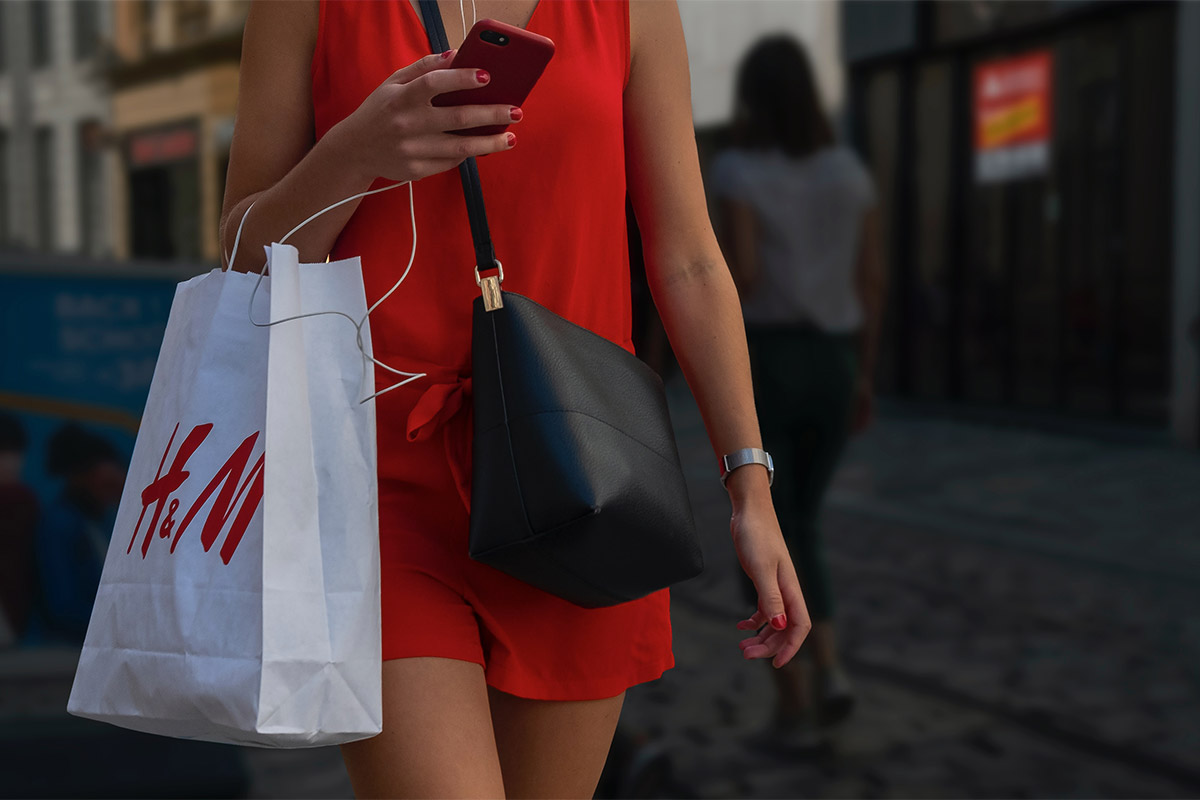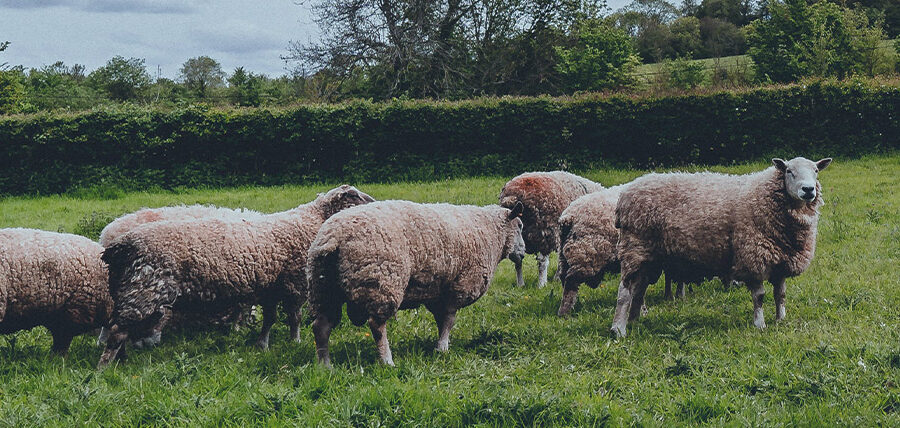Sugar cane, seashells, and mushrooms—sounds more like a list you’d find on a recipe card than on a clothing label, right? But innovative brands are manufacturing clothing using such renewable materials, aiming to take a bite out of fashion’s substantial environmental impact and move toward a more ethical fashion reality.
Innovation in textile production and biofabrication techniques are facilitating the creation of textiles with desired properties like biodegradability, durability, and performance characteristics while using closed-loop systems that recycle water and minimize chemical usage in the manufacturing process.
But fast fashion is still favored by many—the market is valued at $123 billion compared to the $8.16 billion ethical fashion market. As we have watched sales of sustainable clothing steadily rise over the past decade, the fashion industry has quietly been making strides in material creation to minimize environmental impact.

Innovative Materials for Sustainable Fashion
The apparel industry is widely considered one of the worst-polluting, responsible for huge volumes of greenhouse gas emissions. In 2021, the apparel industry emitted approximately 897 million metric tons of carbon dioxide equivalents into the atmosphere. This is estimated to increase to almost 1.3 billion metric tons by 2030 if no drastic action is taken.
The pressure for drastic action is compelling companies to shift their focus towards more responsible practices, emphasizing renewable materials, and exploring innovative technologies to drive sustainability in the fashion industry.
“Sustainability in retail is here to stay, but such a commitment must be more than just words on a page. A genuine commitment to the environment needs to be reflected in every part of your supply chain and the decisions you make regarding how and from where you are sourcing ingredients, who you’re hiring to make your clothing, and how you’re treating people and the environment along the way. Consumers want to see not just a goal to be carbon neutral by 2035 but the steps you’re taking to ensure you can achieve that.”
– ASG

Bioengineered Materials and Brands Blazing the Way
Allbirds is a leader when it comes using renewable materials like wool (wicks away moisture while being soft and comfortable), sugarcane (used to make comfortable and supportive insoles), Eucalyptus tree fibers (a lightweight, breathable fiber made with responsibly sourced Eucalyptus), and castor bean oil.
TômTex is a bio-based, high-performance material created from seashell or mushroom waste. They focus on organic dying practices and recyclability; their products are 100% biodegradable. They made their first appearance in NY Fashion Week in 2022, where they showed off a two-design collab with Peter Do.
Smartwool is a company committed to transparency and sustainability. They produce socks, base layers, and other products made of Merino wool. Merino wool is soft, manages moisture, regulates temperature, and resists odors. They use reclaimed wool to create their socks, preventing those scraps from going to a landfill.

Pinatex is a pineapple-leaf based material that has been used as a sustainable alternative to traditional leather by ethical footwear brands like Po-Zu and Nae Vegan Shoes. Hugo Boss and H&M have also incorporated Pinatex into some of their collections.
Stella McCartney, the renowned fashion designer known for her commitment to cruelty-free fashion, collaborated with Bolt Threads, creator of Mylo, a mushroom-based leather alternative, to create The Frayme Mylo bag. It was the first-ever commercially viable product made from mushroom-based leather. Stella McCartney plans to integrate Mylo into their main collections of bags going forward.
Orange Fiber, a sustainable material made from citrus byproducts, was the highlight of a recent collection by the Italian luxury fashion house Salvatore Ferragamo. The collection featured dresses and scarves made from the citrus-based fabric. H&M uses Orange Fiber in its Conscious Collection as well.

Keel Labs, formerly AlgiKnit, is a biomaterials company focused on creating sustainable yarns from kelp, and are the developers of Kelsun fiber. The company works directly with fashion brands to develop biodegradable and renewable seaweed-based textiles. In 2022, the materials innovator received a $13 million infusion of investment from VCs, including H&M CO:LAB, the investment arm of H&M Group.
Spiber’s Brewed Protein materials are fibers, films, and other types of materials that are manufactured through fermentation of plant-based ingredients. Everything from filament yarn to fleece can be made with this innovative process. Sportswear brand GOLDWIN and The North Face Japan have used the trademarked fiber, which has been likened to spider silk in feel and durability, in limited edition collections.
Greener Fashion, Greater Loyalty
The fashion industry’s shift toward sustainable material creation is a crucial step in minimizing its environmental impact—and it may be a necessary step to maintain a strong and loyal consumer base.
“Time is running out for retailers who are lagging behind customers. The circle is definitely closing around the circular economy.” said Sanford Stein, in The Robin Report
Companies that adopt eco-friendly practices, avoid harmful processes, and embrace renewable materials can help drive the sustainability consumers say they seek. As we all become more conscious of the impact of our choices, the global shift towards sustainable fashion will accelerate. By revolutionizing material creation, fashion is taking a giant leap towards a greener and more sustainable future for all.
As brands embrace eco-conscious methods, shun harmful practices, and embrace renewable resources, they actively fulfill the sustainability consumers crave. As our awareness of our personal impact on the environment grows, the push for sustainable fashion will continue to gain momentum worldwide. By revolutionizing material creation, fashion can propel us toward a greener, more sustainable future.
Every business is trying to be more “sustainable.” Why is it so darn hard to do it? Read more:
Sustainability: What Does it Take? (consultasg.com)


